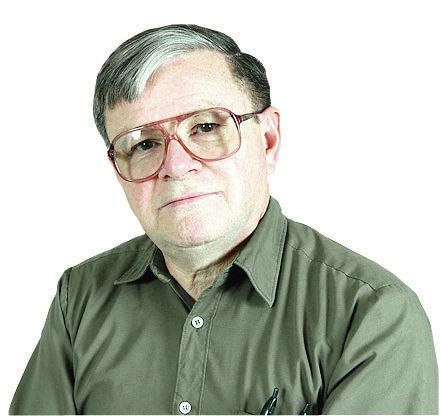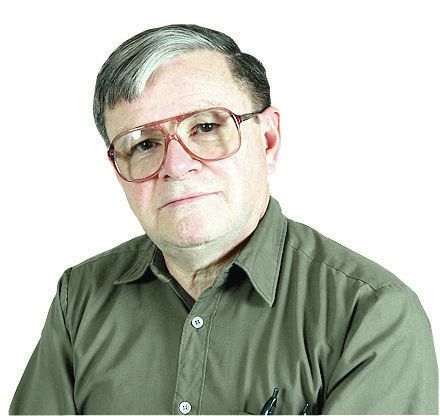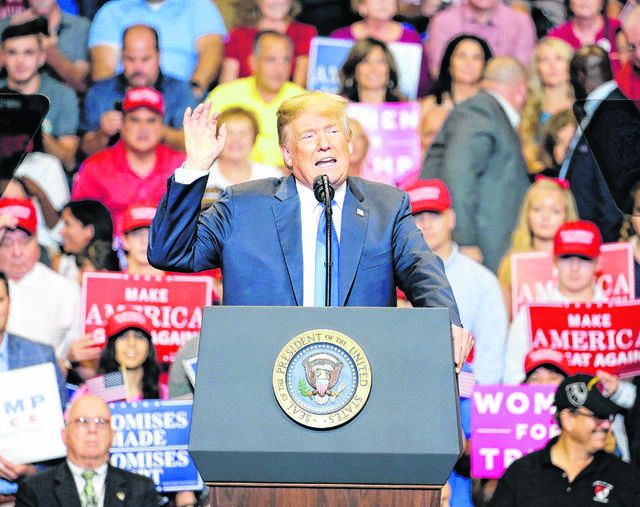Click here to subscribe today or Login.
Kirby Park, that green and verdant jewel of land on the west side of the Susquehanna, is a pleasant place to pass the time.
People cook burgers, listen to concerts, hold gatherings, play softball or tennis or maybe just toss a plastic disc. The nearby levee is a popular site for jogging, bike riding and dog walking.
Every July Fourth, it’s the site of a concert and the biggest fireworks show in the area, drawing a crowd that would fill many a major college stadium.
Long forgotten, though, is perhaps the most spectacular (and well-choreographed) event ever held there: the 1928 bash marking the sesquicentennial (150-year anniversary) of the Battle of Wyoming.
For 50 years, the community had been conducting annual observances at the Wyoming Monument, just a few miles up U.S. Route 11, marking the July 3, 1778, Battle of Wyoming. That fight had been a disaster for the local colonists, whose small armed party had been overwhelmed by a combined force of British troops, loyalists and Native Americans.
To mark the sesquicentennial of the battle and the half-century since the dedication of the monument, local leaders decided it was time for a four-day spectacular that would cover a lot of historical and cultural ground and involve nearly the whole community. Kirby Park would have a major role to play.
The event didn’t start well. In those days before the levee system was built, Kirby Park routinely flooded during high-water events. July 1 found the Wilkes-Barre Fire Department using hoses to pump water out of the park.
So, the opening ceremony with speeches by dignitaries including Secretary of Labor James J. Davis and local dime-store magnate and philanthropist Fred M. Kirby (benefactor of the park) was hastily moved to the drier bank on the east side.
Over the next couple of days, visitors were welcomed to a reconstruction of old Fort Wilkes-Barre on Public Square, while walking through streets draped in patriotic decorations. Historic homes with period furniture and costumed guides were thrown open all across the area, as community leaders joined in to play historic figures.
People could visit with George Washington (Judge William S. McLean) and the abducted Frances Slocum (descendant Claire Bennett). They could also see a re-enactment of Jesse Fell perfecting the anthracite grate. Simultaneously, a delegation of visiting Native Americans set up a traditional camp at the park.
The July 3 exercises at the towering monument in Wyoming went off as scheduled, preceded by a parade and followed by 2,500 children offering a pageant at Kirby Park before thousands filling an immense set of bleachers.
A massed chorus offered music that evening. Illuminated by floodlights, more re-enactments covered the entire early history of the community, with costumed representations of industry, religion, war and the arts — some on horseback — as well as hundreds of children portraying dancing pieces of anthracite coal.
July Fourth saw the festival conclude with a massive parade, and later a fireworks display at the park.
Kirby Park is quite a bit different today. About half the original acreage is now cut off by the levee and has become the Natural Area. The huge bandshell opened by the city during the 1928 festival is just tumbledown ruins in that section.
Ninety years later, our area’s historic re-creation continues with period homes and buildings, walking tours and events of all kinds.
But there will probably never again be anything like that 1928 spectacular, so much more than just a day in the park.








